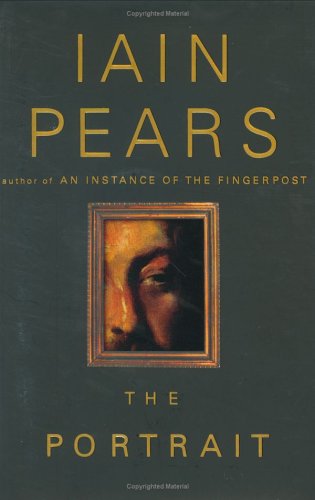
The easy going, chummy, men-of-the-world style of the narrator is there to lull you into a familiarity with the art world of late Victorian London. He conveys the feel as brilliantly as his contemporaries, the Impressionists. But beware: his painting technique has changed. His latest portrait is going through the surface to a deeply rotting soul.